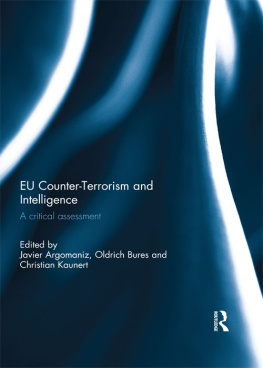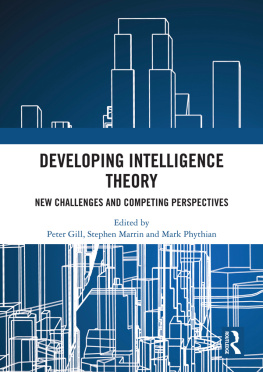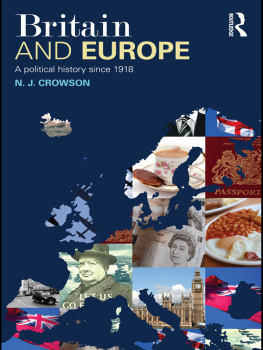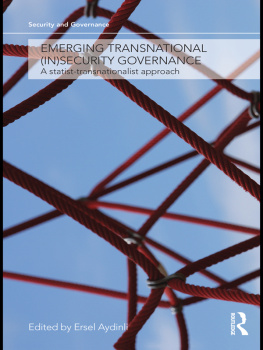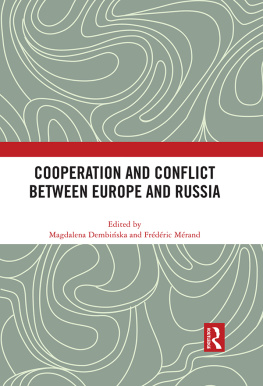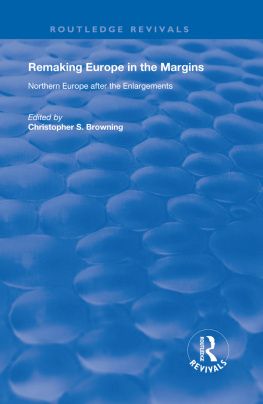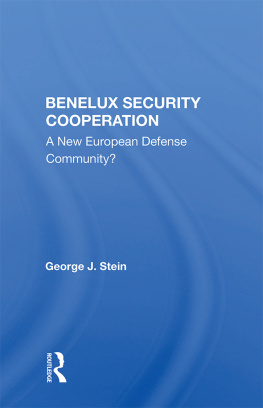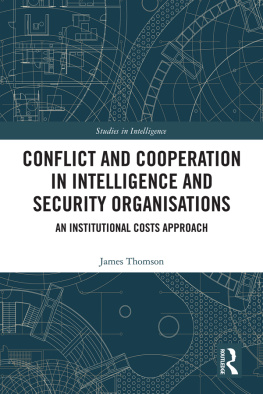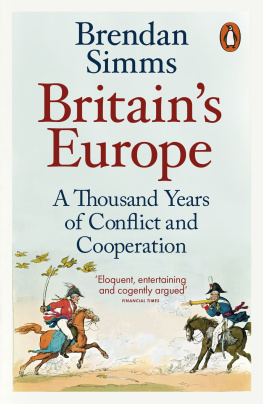
Like any achievement in life, this book is the result of the tireless support and timely advice of colleagues, friends, and family.
I would like to express my sincere gratitude to my mentors, Didier Bigo and Claudia Aradau, for their unwavering commitment and guidance throughout this project. It was a great privilege to conduct my doctoral research under their supervision. This project also greatly benefitted from the vibrant intellectual community found at the Department of War Studies, Kings College London.
I also found valuable advice and encouragements from my colleagues in London and Paris. Their caring and generosity have been a constant inspiration and real force in bringing this project to fruition. Long live our collaboration and friendship!
The content of this book has also been greatly improved by the reading, comments, and suggestions from colleagues and participants from the many conferences and workshops that I attended. I also want to thank the three anonymous peer reviewers for their insightful advice in the refinement of the present work.
I am also immensely indebted to the many men and few women practitioners in Paris, London, and The Hague who kindly gave me their time to share their daily lives and who were essential in opening the closed doors of intelligence cooperation. This research could not have been possible without them.
I would also like to thank Andrew Humphrys and Bethany Lund-Yates at Routledge for their availability and support throughout the publication process.
Lastly, my warmest and deepest thanks go to my family and long-time friends here and there for their unreserved love and invaluable help. I dedicate this book to them.
This appendix provides contextual information on the interviews that were conducted in addition to displaying the distribution of interviewees according to various criteria.
Sixty semi-structured interviews were conducted between 2012 and 2014, including in 2016 for a minority of them, and involved 52 participants. At the time of interviews, participants were either on duty or retired. Participants were also given the opportunity to choose among three options of anonymity for their participation in this research project. Most of the participants were interviewed once and for eight of them, interviews were conducted twice. In terms of gender distribution, men account for 84% of participants (45) while women represent only a minority in the sample, with 16% of participants (8). Interviews took place in Paris, London, and The Hague.
The three following tables show the distribution of participants in figures involved in either Anglo-European cooperation, Franco-European cooperation, or other European cooperation arrangements. In each table, participants are further distributed according to whether they are involved in state-led cooperation or EUled cooperation as well as according to their missions and/or functions.
The tables require a vertical reading, column by column. The functions of the French services indicated in italics are explained after the third table.
Distribution of participants in Anglo-European cooperation arrangements

Distribution of participants in Franco-European cooperation arrangements

Distribution of participants in other European cooperation arrangements
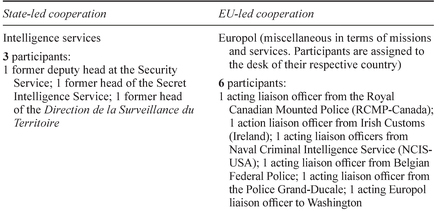
The various cooperation arrangements shown in the previous tables involve several French services. The Direction de la Coopration Internationale (International Cooperation Directorate) is a joint Police-Gendarmerie directorate of the Police Nationale . One of its main missions is to manage the network of liaison officers assigned to counterpart countries worldwide. The Police aux Frontires (border police) mainly carries border controls and coordinates the fight against illegal immigration. The Section Centrale de Coopration Oprationnelle de Polic e or SCCPOL (central section of police operational cooperation) is a subdivision of French Police Judiciaires International Relations Division. SCCOPOL is responsible for the three international cooperation channels, i.e., Interpol, Schengen, and Europol. The Europol National Unit is located in this section.
This appendix discusses the methodological process of field analysis by elaborating on the several operations carried out to do so. Before discussing the methodological process of analysing the capitals of British police and intelligence services, it is worth recalling why it is relevant to mobilise an analysis of intelligence cooperation in terms of capitals.
Deploying a perspective in terms of capitals makes it possible to understand that the participation of British security services in European collaborations is inseparable from, and mostly determined by, the unequal distribution of resources (or capitals) pertaining to anti-terrorism intelligence in the domestic security game. The fight against terrorism is thus here a space of positions marked by struggles over the definition, and accumulation, of capitals belonging to anti-terrorism intelligence rather than threat perceptions. In that respect, a capital-based approach also helps to show the gradual emergence, and differentiation, of specific resources pertaining to the fight against terrorism, which result from a change in the way British services allocate their resources to distinct missions. They have progressively assigned resources to the fight against terrorism while, in parallel, reducing resources allocated to espionage, in this regard. This provides evidence that the allotment of resources to anti-terrorism intelligence affects both police and intelligence services.
Building upon the methodological research deployed by Pierre Bourdieu in Distinction to account for the structuration of taste and lifestyle, the following sections present the order in which the five research operations were conducted, in addition to explaining them, in order to best reflect the methodological process of field analysis. The process of tracing, and evaluating, capitals integrates, from the very beginning, the constraints, and challenges, of conducting empirical research in the sensitive area of anti-terrorism intelligence. The analysis of capitals has been done on the basis of patchy data and is characterised by a very high margin of imprecision. Access to data on activities of police and intelligence services is restrained under cover of secrecy and national security. Collected data is thus limited and has its limitations. Data is either missing or collective (i.e., it covers all services). For this reason, the present analysis is an intuitive reading of the resources of each service, not a mathematical calculation to the gram of the volume of each capital.
First operation: locating indicators of capitals
This section discusses the process by which indicators of capitals at play in the domestic game are located. To do so, several types of data were collected from various sources. First, secondary-type sources (e.g., parliamentary and governmental reports) offer preliminary clues. Annual reports from the Intelligence and Security Committee (ISC) provide figures that make it possible to identify the mission, economic, and human capitals. From 1995 to 2016, ISC reports released patchy data on the percentage of resources each of the three intelligence services allocate to different missions (ranging from Northern Ireland terrorism and international terrorism to counter-espionage, inter alia). ISC reports also provide figures on the common budget and personnel for the same three services. ISC reports do not, however, break down the budget by mission and service while data pertaining to the personnel for each intelligence service is either not available for all years of the time period under review (19932017) or not broken down by each mission. The same is true for the Metropolitan Police and the National Crime Agency for which the data that could be collected cover their respective general budget and personnel, not the share of the budget and personnel that is attributed to the fight against terrorism. The social capital of some of the services under scrutiny can be determined on the basis of descriptive accounts found in reports from Her Majesty Inspectorate Constabulary (HMIC).



